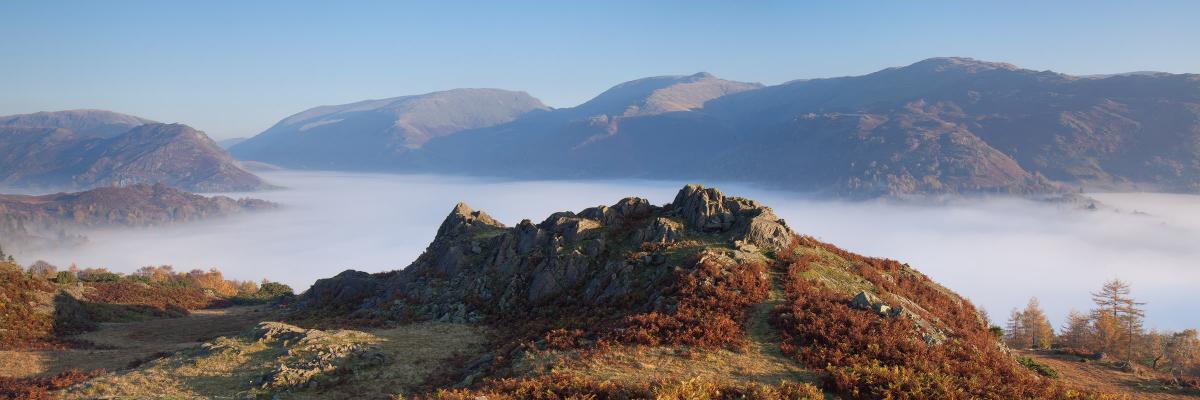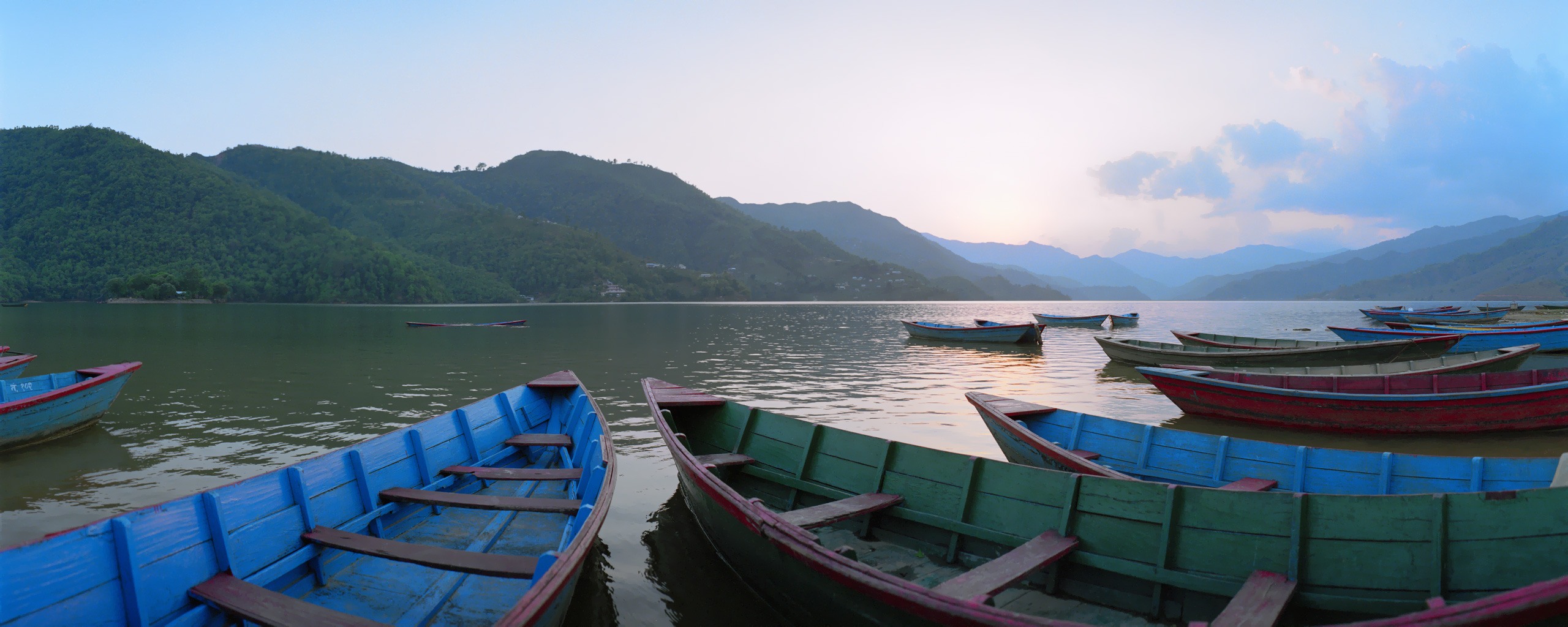

Rod generally uses focal lengths in the 60mm to 135mm range, but anything from 50mm to 300mm is fine.
#Panoramic landscape photos software
"If you're using a lens shorter than 50mm, a 50 percent overlap is a good idea." Don't worry if your overlaps aren't exact in the ballpark will be good enough for the software to do its job. "With 50mm and longer focal lengths, I'd say do a 25 percent overlap for each frame," Rod says. The lens you choose will influence the amount of overlap of each section. The most important thing is to shoot every image section at the same setting." To be safe, and until you know for sure, set the white balance to daylight. "If you're using some of the newer software to do the stitching, you can experiment with leaving the white balance at auto, as the stitching software will blend those images for you.

He recommends setting the camera's white balance to either daylight or auto. Once you get your setting, use it for every section of the panorama.Īs you can see from the accompanying photos' file information, Rod generally chooses f/16 and f/22 for the great depth of field they provide. Then I take a sample shot and check the histogram to see if I'm within an acceptable range." (Because that sample shot is not going to fit anywhere in the sequence of image sections, it's a good idea to delete it immediately to avoid confusion later on.) You can also use Matrix metering to get your starting point for the test shot.

#Panoramic landscape photos manual
"I pick the brightest part of the scene, meter it in manual and set the shutter speed and f/stop to bring the manual meter to center on the display. "I go to manual exposure for my panoramic images," he says. Rod shoots aperture priority for almost everything, but not for panoramas because he doesn't want the camera making automatic settings. Shooting a panorama horizontally is fine, too, but it can result in very narrow image. If yours doesn't have that feature, Rod suggests a little accessory called the Double Bubble level, which slides into the camera's hot shoe.įor most panoramas, it's best to shoot with your camera mounted to the tripod in the vertical position that way you'll have plenty of room to crop the top and bottom of your stitched image. Many Nikon DSLRs offer a feature called Virtual Horizon that will guide you to your level best. The essential first step: level the tripod. Next, a ball head for that tripod so you can smoothly and accurately turn your camera to capture the sections of the scene that the software will stitch to form the big picture. Gear: First, a tripod with a built-in bubble level. It will be significant to you, too, if you'd like to maximize the quality of a framed print for your home-or for the print you'd like to give as a gift. "Stitch three sections together and you've almost tripled your resolution, and thus tripled your enlarging capabilities." Which is a significant, as part of Rod's business is fine-art sales. "Panoramas gain information, detail and resolution," he says. To make a panorama, you take several shots that capture overlapping sections of the scene then you use imaging software to seamlessly stitch (that is, join) the sections together.įor Rod, panoramas represent a different and dramatic way of capturing the grandeur of nature, and they allow him to present that grandeur in large-size prints. But it is pretty basic, and the results are very cool.Ī panoramic image depicts a field of view considerably wider than the one that can be captured in one exposure, and it tells a more complex story and draws the viewer of the image closer to the feeling of what it was like to be there. When we asked the noted outdoor and nature photographer Rod Planck about his method of shooting panoramas, the first thing he said was, "I like to keep it simple." We like to hear that, though he did add that making panoramic images isn't spontaneous point-and-shoot photography it takes some preparation.


 0 kommentar(er)
0 kommentar(er)
